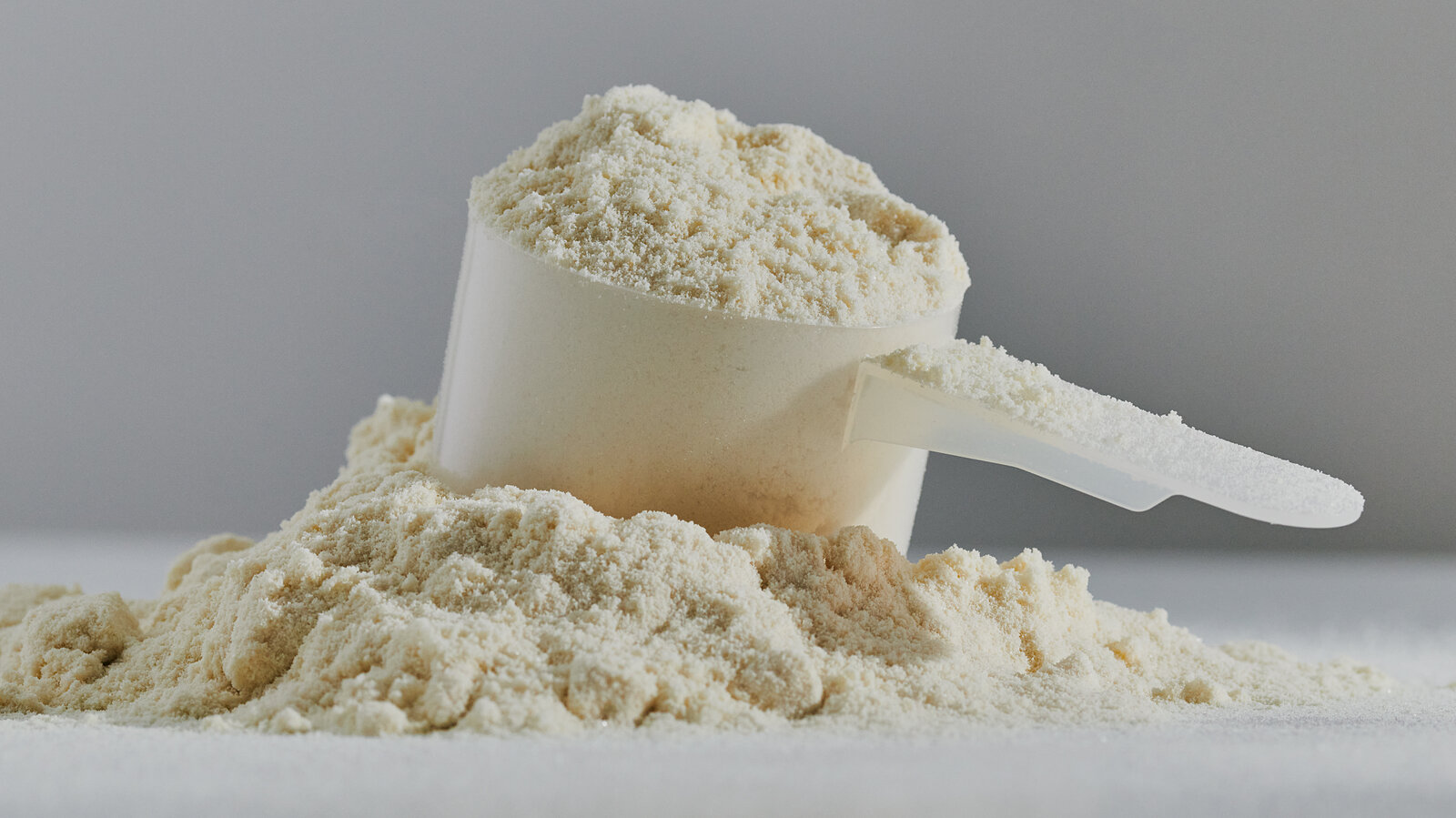Lead Contamination in Protein Powders Raises Safety Questions
A recent independent investigation has uncovered trace levels of lead in more than twenty widely sold protein powders and ready-to-drink shakes across the United States. The study analyzed products over several months. It found that more than two-thirds contained higher lead levels per serving than what experts consider safe for daily consumption.
Plant-based protein powders showed particularly high readings, with average lead concentrations nearly nine times greater than dairy-based alternatives. While some products exceeded recommended exposure limits, researchers emphasized that most do not pose an immediate health threat. Rather, the concern centers on chronic exposure — consistent intake over long periods that allows lead to accumulate in the body.
Health officials from the U.S. Food and Drug Administration (FDA) are currently reviewing the findings as part of broader efforts to monitor heavy metals in consumer food products. The U.S. Department of Health and Human Services (HHS) noted that the data could help refine future enforcement strategies around contaminant testing.
Consumers seeking more details on ongoing FDA initiatives can consult the FDA’s official Food Program guidance and Centers for Disease Control and Prevention’s Toxic Substances Portal for updated information on heavy metal exposure risks.
How the U.S. Regulates Lead in Supplements and Protein Products
Unlike conventional foods or pharmaceuticals, dietary supplements are not pre-approved by the FDA before reaching store shelves. This regulatory gap means that manufacturers bear the responsibility for testing and verifying product safety. Under the Dietary Supplement Health and Education Act (DSHEA), companies must ensure their products are not “adulterated or misbranded.” Yet the lack of mandatory contaminant testing leaves considerable room for inconsistency.
The FDA currently uses “interim reference levels” to evaluate lead exposure — 2.2 micrograms per day for children and 8.8 micrograms for women of childbearing age. These guidelines are advisory rather than enforceable standards. Consequently, advocacy groups like Consumer Reports and independent watchdogs are urging regulators to set legally binding limits for heavy metals in protein powders and supplements.
According to Consumer Reports’ Food Policy division, the absence of strict benchmarks complicates enforcement. FDA officials can intervene when unsafe levels are detected. However, without codified limits, such interventions remain infrequent. This situation underscores the need for clearer federal oversight to align with existing state-level measures such as California Proposition 65, which mandates warnings for products exceeding strict toxicity thresholds.
For consumers looking to understand how federal guidelines compare to state-level standards, the California Office of Environmental Health Hazard Assessment (OEHHA) provides accessible information on allowable exposure levels and safety labeling practices.
What Consumers Can Do to Reduce Risk and Make Informed Choices
Despite alarming headlines, experts advise that occasional consumption of protein powders is unlikely to cause harm. The key risk arises from daily, prolonged intake. This is especially true of plant-based powders derived from crops grown in contaminated soil. Consumers can minimize potential lead exposure by alternating between products. They can choose whey or dairy-based proteins and incorporate whole-food protein sources like beans, fish, and eggs into their diets.
Nutrition specialists emphasize that protein needs vary depending on factors like age, gender, and activity level. The U.S. Department of Agriculture (USDA) offers an online Daily Nutrient Recommendation Calculator to help individuals estimate balanced macronutrient intake. By combining such tools with awareness of product labeling and regulatory data, consumers can make safer, evidence-based decisions.
Additionally, the National Institutes of Health (NIH) Office of Dietary Supplements provides extensive guidance on how to interpret supplement labels, evaluate brand credibility, and identify products that undergo third-party testing. Visiting NIH’s Dietary Supplement Fact Sheets can help consumers learn to navigate ingredient claims and contamination warnings more effectively.
Ultimately, while the discovery of lead in protein powders warrants closer scrutiny, experts maintain that responsible consumption and transparent regulation can significantly reduce potential harm. Consumers are encouraged to stay informed, vary their sources of protein, and support calls for stronger FDA action. This will help establish enforceable limits on heavy metals across all supplement categories.



